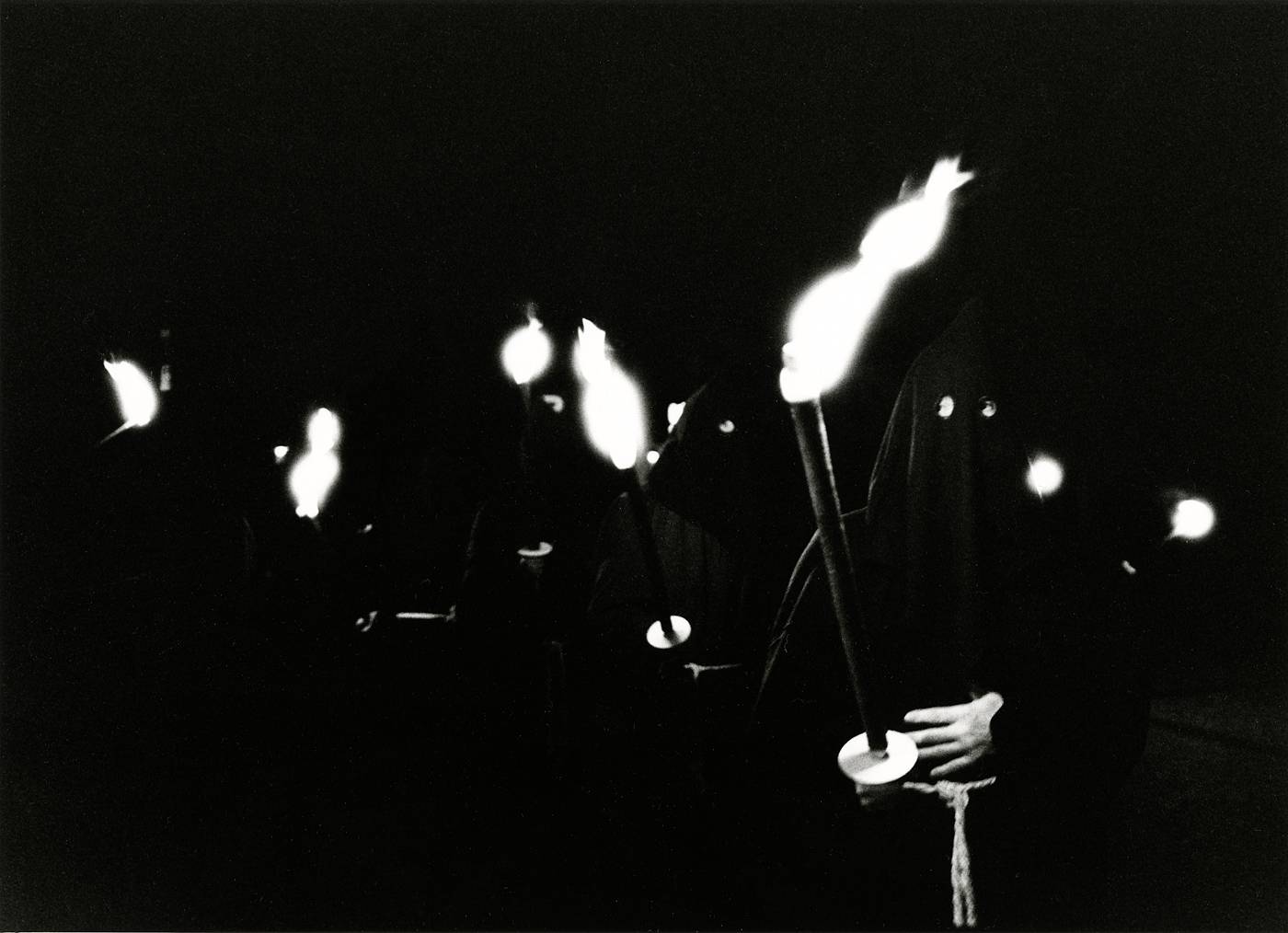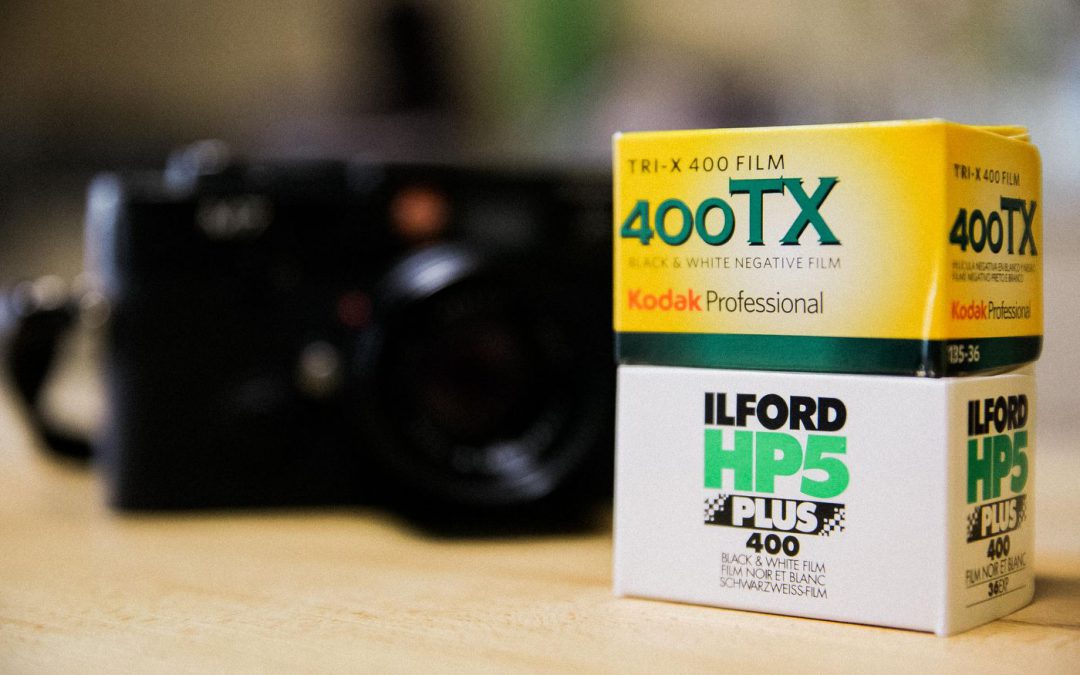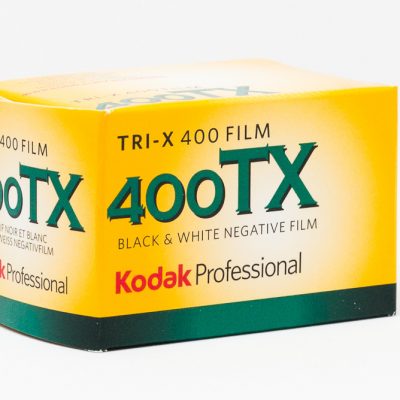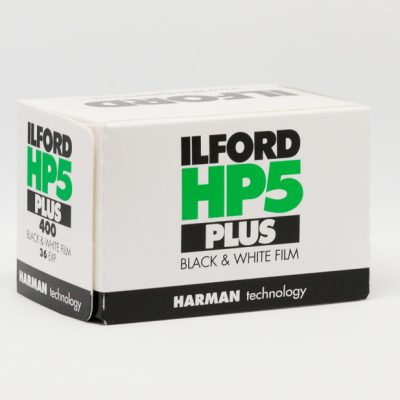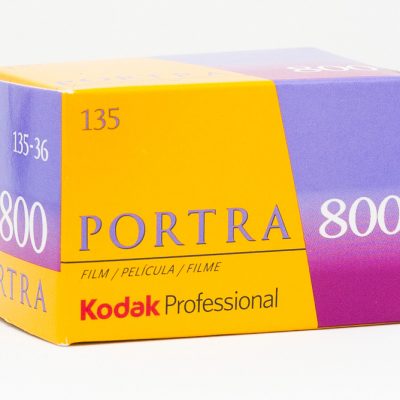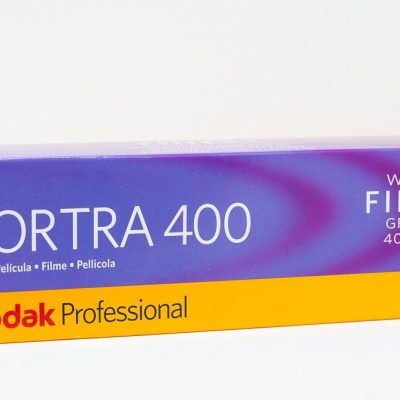Many well-known photographers such as by James Nachtwey, Robert Capa, Henri Cartier-Bresson, David ‘Chim’ Seymour, Werner Bishop, George Rodger, Elliott Erwitt, Martin Parr, Jim Goldberg, Trent Parke, Paolo Pellegrin and Alec Soth used over Decades almost exclusively Kodak TriX or Ilford HP5 film.

The story of HP5 and TriX
The TriX was regularly revised technically. The last big research was about 10 years ago. The grain of the 400TX is extremely fine for a 400 film of this class.
Ilford also did research in the 1930s on a film that was supposed to complement the previously low sensitivity class upwards. Initially, emulsions were developed that offered 200ASA (HP, HP2 and HP3). With the HP3, Ilford reached the 400ASA class. Technical achievements refined the emulsion. With the HP4 in the 1960s, the HP was on the same technical level with the TriX. The competition accelerated the development of both companies until the turn of the millennium.
While Kodak retained the name TriX until today and only changed it in details (TX400 / 400TX), Ilford counted the HP series numerically up to today’s HP5 plus, depending on the level of development.
Both films were given the additional name “high-speed” and are panchromatically sensitized. This guarantees a natural reproduction of the object to the human eye.
Flexibility of the HP5 and TriX
In addition, HP5 and TriX are also popular in art for decades. Larger formats are used by portrait and nude photographers with growing enthusiasm.
Both film emulsions are based on classic, cubic silver crystals and thus offer a wider exposure latitude, such as modern flat-crystal films. One stop under- or overexposure forgive these films without much loss of quality in further processing. In standard developers both films offer a slight S-shaped density curve. Lights are not as dense on the negative at high contrast as, for example, on a flat-crystal film, and thus easier to scan and / or print. The grain is more pronounced but very fine. The sharpness is unique depending on the developer used.
In available light photography both films can be exposed up to 3200ASA. Successful trials at 6400ASA also took place in our lab. However, it should be noted that a push emphasizes graininess and shadows are usually without any information. You can use these films for the zone system.
As with all films you should always be measured on average shadow areas.
Our recommendation
- The Kodak 400TX / TriX works perfect at 320ASA.
- The Ilford HP5 plus runs at its best at 400ASA.
- 800ASA is a +1 push step, 1600ASA +2 steps.
Conclusion




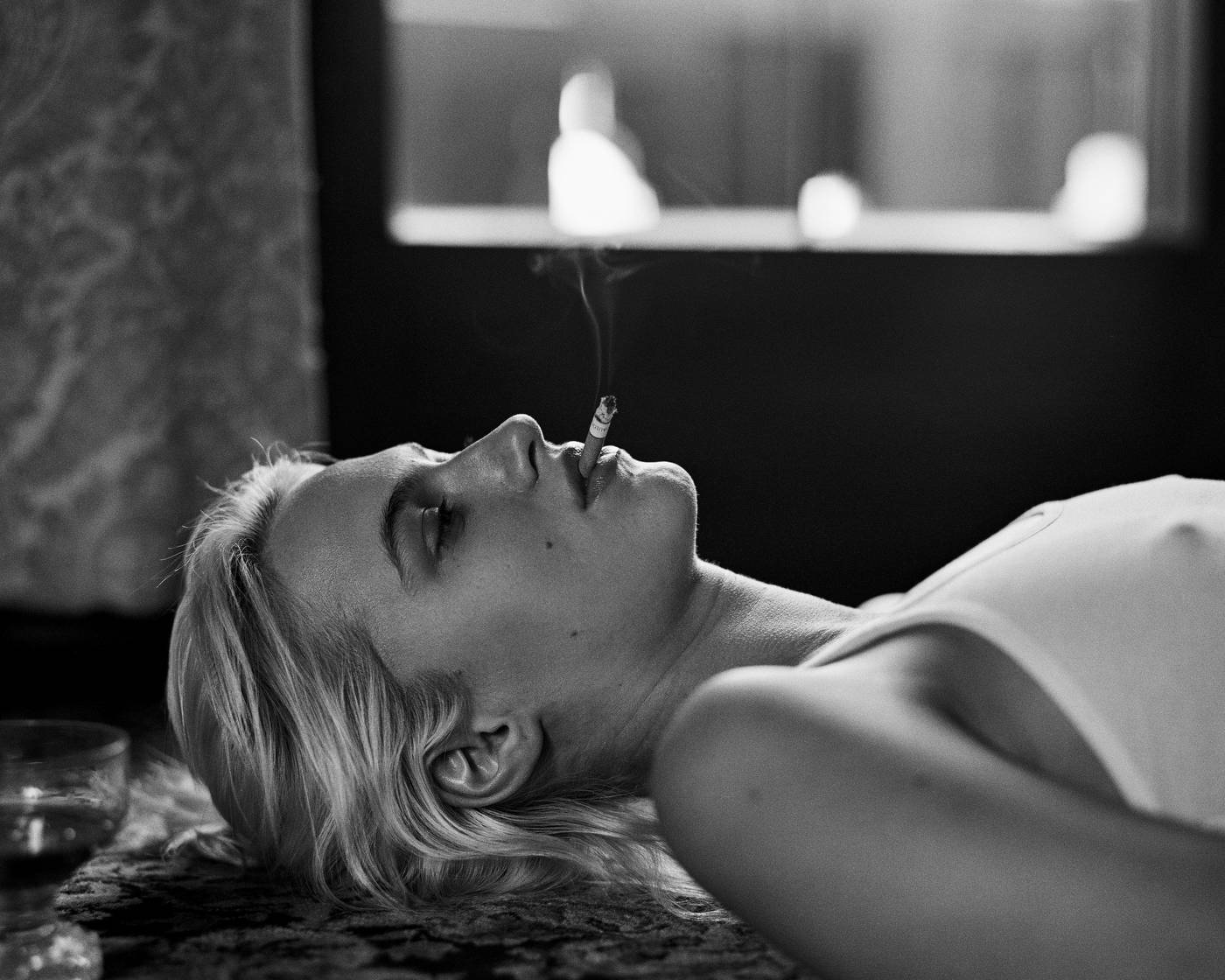











Daniela Benzin – HP5 35mm





